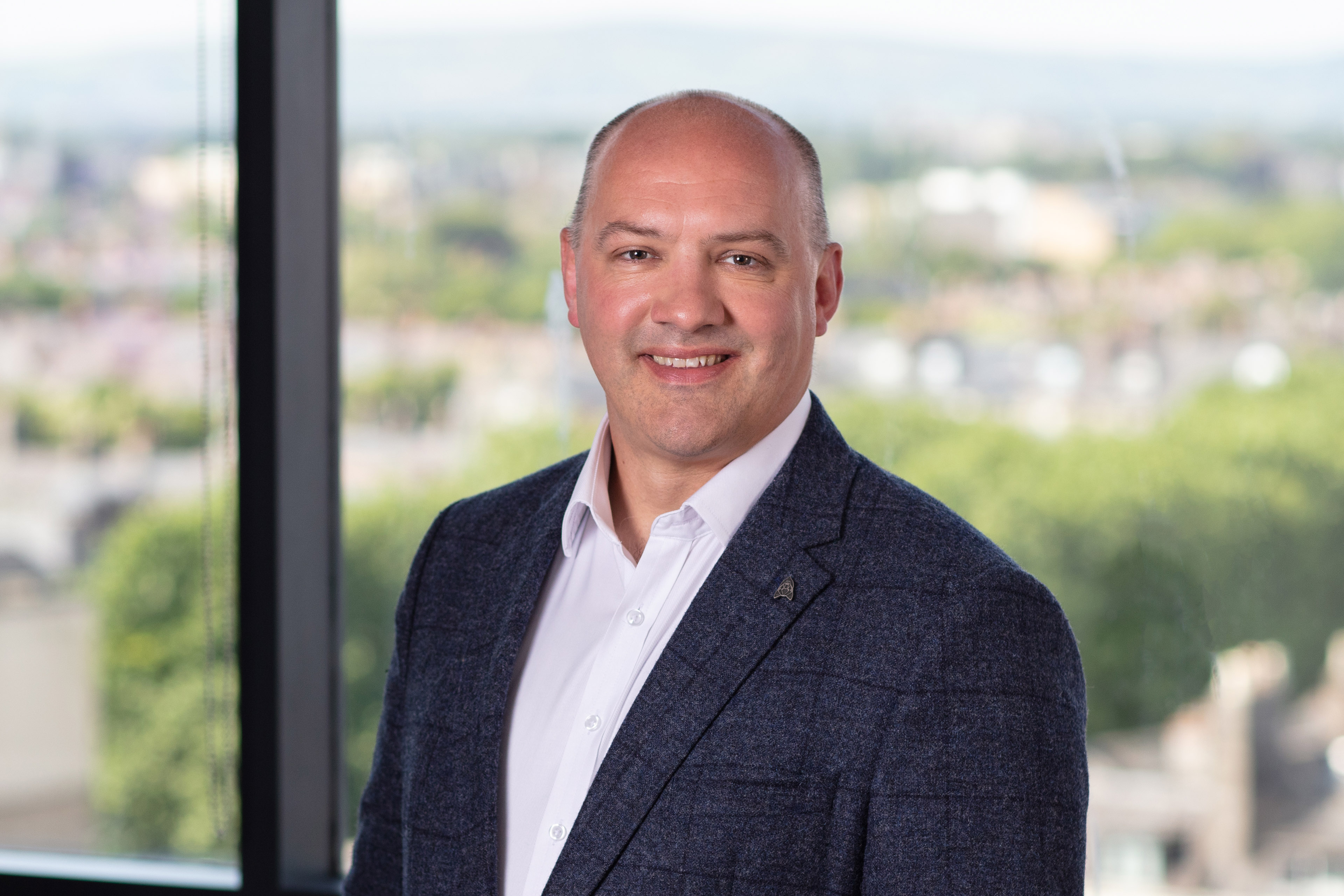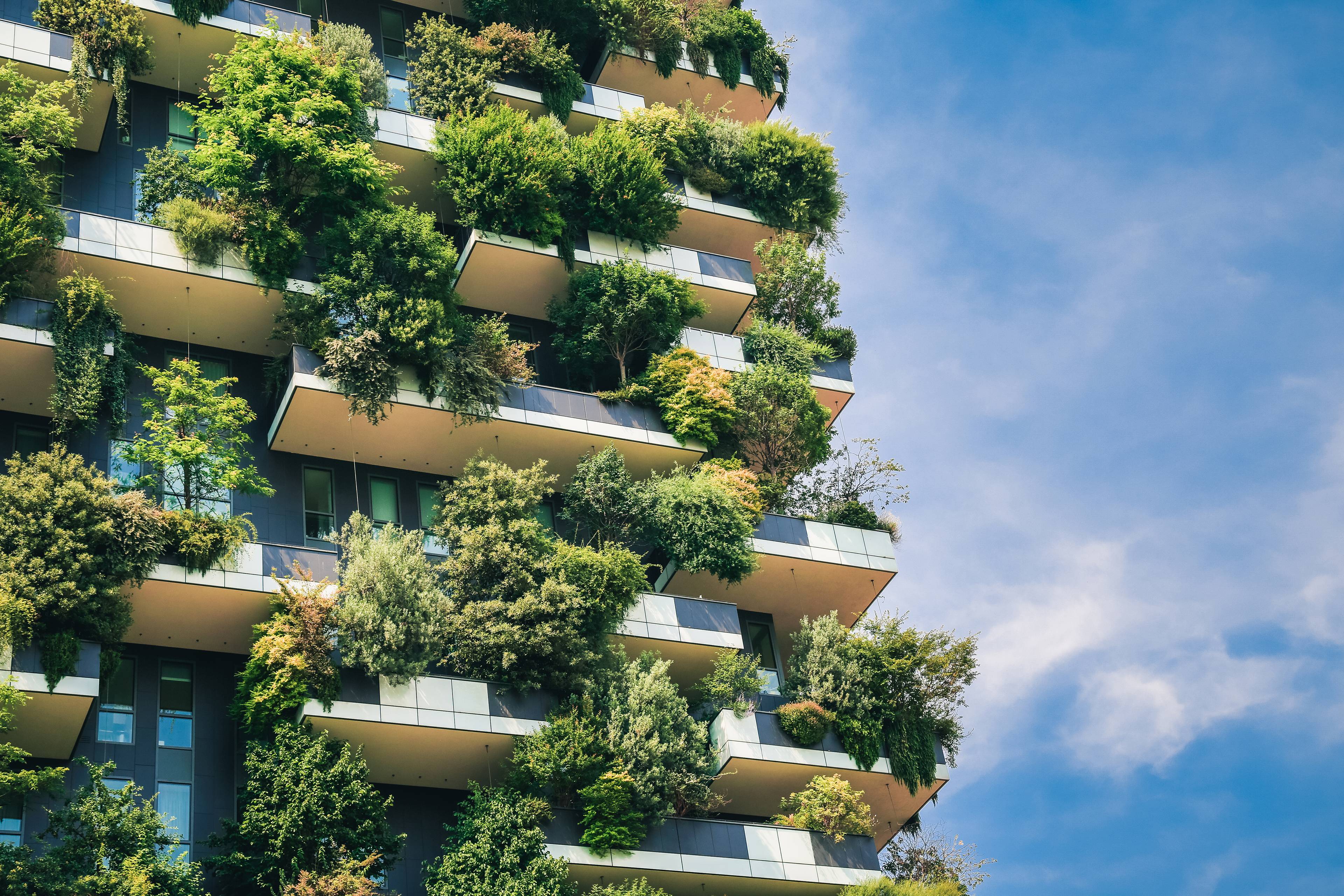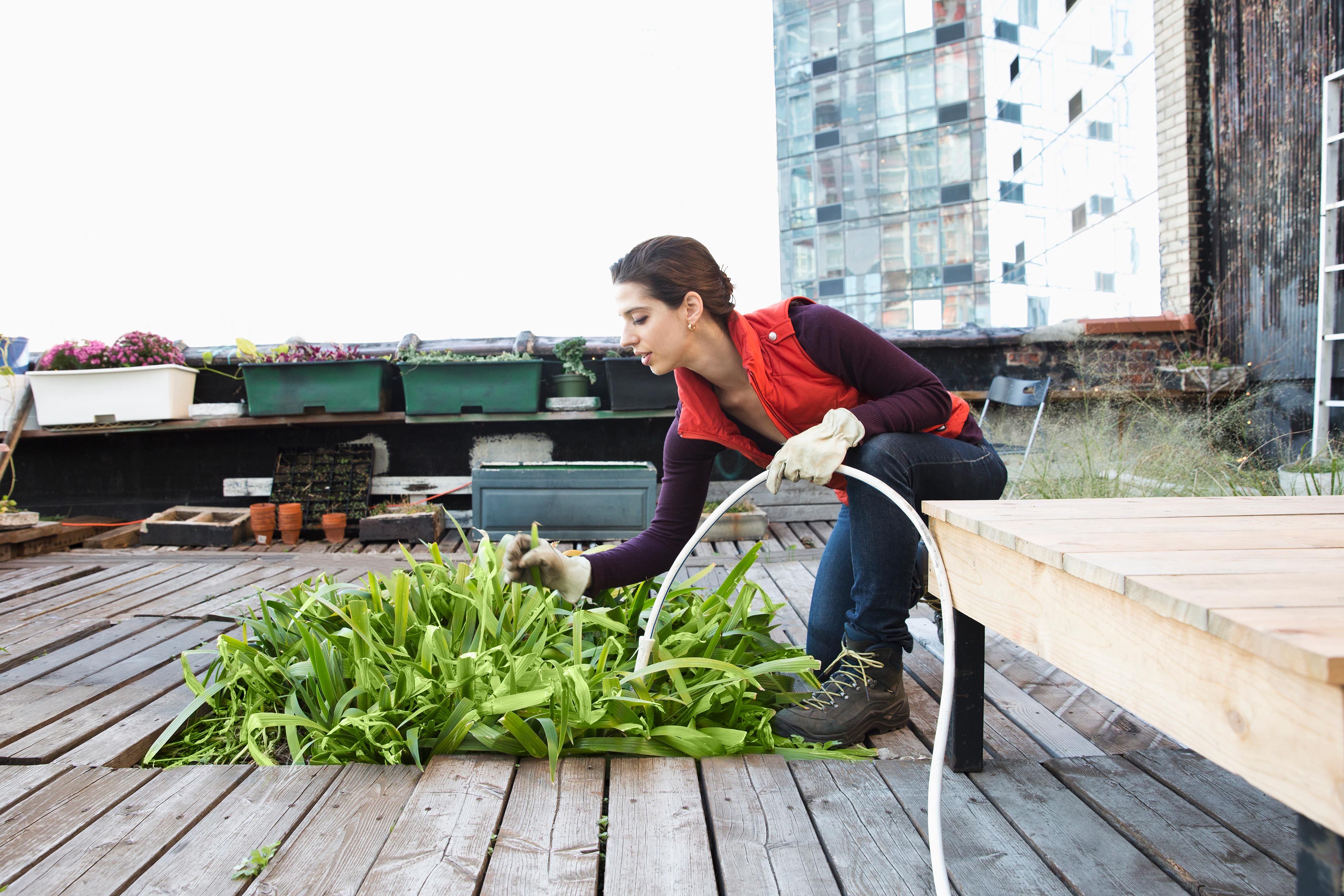EY refers to the global organization, and may refer to one or more, of the member firms of Ernst & Young Global Limited, each of which is a separate legal entity. Ernst & Young Global Limited, a UK company limited by guarantee, does not provide services to clients.
How EY can help
-
Discover how EY's cybersecurity, strategy, risk, compliance & resilience teams can help your organization with its current cyber risk posture and capabilities.
Read more
Supply chains at the core of ESG
Supply chains have become a key area of ESG focus as they are both a large source of emissions for companies and a large percentage of operating costs. They are also susceptible to the risks inherent in climate change, such as natural disasters and rising temperatures. Optimisation and simplification across the supply chain can make an important contribution to the ESG journey. Today, businesses across every sector are rethinking everything ‑ from what materials they use in their packaging to what markets they compete in and where their factories are best located.
Businesses also need to know what their other stakeholders expect of them. The EY State of Sustainability 2021 report finds that less than half of respondents say they have high-quality stakeholder engagement around sustainability. At the same time, 48% of organisations say their stakeholders are increasingly enquiring about their sustainability impact. Increased stakeholder engagement will, therefore, help guide companies on their journey towards value-led sustainability as ensuring actions taken now will bear fruit for the business in future. That engagement must extend throughout the supply chain.
We are all trying to tackle a challenge that is inherently global. If organisations and individuals adopt a “me” instead of an “all in it together” mindset, there is little chance of success. Stakeholder expectations vary depending on the organisation and its sector.
For instance, responsible sourcing is a growing issue for the global fashion industry. Similarly, sustainable production is top of the agenda for the food industry with consumers increasingly making choices based on factors such as greenhouse gas emissions, animal welfare and resource usage when the information is available to them.
Supply chain sourcing and manufacturing has long focused on human rights aspects of ESG, such as child labour and working conditions. Some large companies closely monitor their suppliers for their carbon footprint and sustainability performance indicators.






